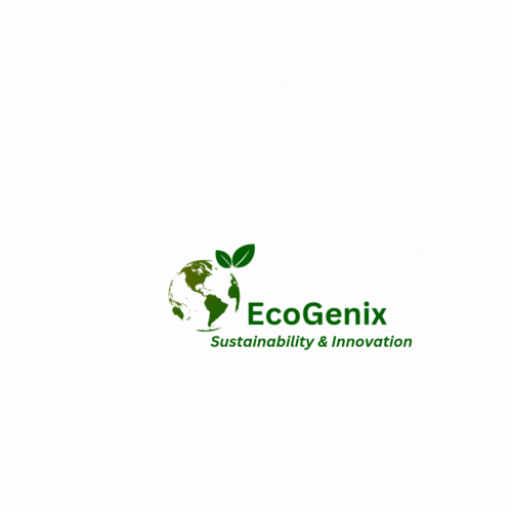Introduction
The United Nations Sustainable Development Goal 14 (SDG 14) focuses on “Life Below Water,” aiming to conserve and sustainably use the oceans, seas, and marine resources for the benefit of present and future generations. With over 70% of the Earth’s surface covered by water and oceans playing a crucial role in regulating the planet’s climate, SDG 14 is of paramount importance in addressing various environmental, economic, and social challenges.
Understanding SDG 14: The What and Why
SDG 14 encompasses a range of targets and indicators that aim to address the degradation of marine ecosystems, overfishing, marine pollution, ocean acidification, and the impacts of climate change on marine life. It aims to ensure the protection and sustainable management of coastal and marine areas, conserve marine biodiversity, promote sustainable fisheries, and reduce marine pollution.
The oceans are vital to life on Earth, providing a source of food, regulating climate, and supporting biodiversity. However, human activities have taken a toll on marine ecosystems through pollution, overfishing, habitat destruction, and climate change. SDG 14 seeks to reverse these trends and promote a balanced relationship between humans and the marine environment.
How Can SDG 14 Be Achieved?
Achieving SDG 14 requires a multi-faceted approach that involves cooperation at local, national, and international levels. Some key strategies include:
Marine Protected Areas (MPAs): Designating and effectively managing MPAs can help conserve marine biodiversity and ecosystems.
Sustainable Fisheries Management: Implementing science-based approaches to manage fish stocks, combating illegal, unreported, and unregulated (IUU) fishing, and promoting responsible fishing practices.
Reducing Marine Pollution: Implementing waste management strategies to reduce land-based sources of marine pollution, banning single-use plastics, and improving wastewater treatment.
Climate Action: Addressing climate change to mitigate its impacts on the oceans, including ocean acidification and sea-level rise.
International Collaboration: Strengthening global cooperation to address transboundary challenges, such as illegal fishing and pollution.
Integration with Other SDGs
SDG 14 is closely intertwined with several other Sustainable Development Goals, demonstrating the interconnectedness of various global challenges. For instance:
SDG 1 (No Poverty): Sustainable fisheries and marine resources can contribute to poverty reduction by providing livelihoods for coastal communities.
SDG 2 (Zero Hunger): Healthy oceans support food security by providing a vital protein source for many populations.
SDG 13 (Climate Action): Addressing ocean-related issues like acidification and rising sea levels is crucial for effective climate change mitigation.
SDG 15 (Life on Land): Coastal and marine ecosystems are linked to terrestrial ecosystems, and their health affects biodiversity on land.
Progress and Challenges
Many countries and regions have taken steps to implement measures aligned with SDG 14. For instance:
Marine Protected Areas: Countries like Australia, the United States, and Palau have established extensive marine protected areas to safeguard marine biodiversity.
Sustainable Fisheries: Iceland’s fisheries management system is often cited as a successful model for maintaining healthy fish stocks through scientific assessments and quotas.
Plastic Reduction: Several nations, including Kenya and Rwanda, have implemented plastic bag bans to curb marine plastic pollution.
Benefits and Concerns
Achieving SDG 14 comes with significant benefits, such as preserving marine biodiversity, ensuring food security, and protecting coastal communities from climate-related risks. However, challenges include inadequate funding, lack of political will, and the complexity of addressing global ocean issues.
Solutions and the Way Forward
To address these concerns, it’s crucial to enhance international cooperation, allocate sufficient resources, promote sustainable consumption and production patterns, and raise awareness about the importance of oceans. Engaging governments, businesses, civil society, and individuals is essential for successful implementation.
In conclusion,
Sustainable Development Goal 14, “Life Below Water,” plays a pivotal role in safeguarding the oceans and marine resources. By adopting comprehensive strategies, integrating efforts with other SDGs, and fostering global collaboration, we can work toward ensuring the health and sustainability of our oceans for current and future generations.
ARTICLE BY: WAYNE TOTA
Food Security and Climate Change
waynetota9@gmail.com
0601133196239
Visit for more articles:
https://sites.google.com/view/foodsecure-sustain-agriclimate/home.

Leave a Reply